Prenatal and postnatal contractions, which are the fearful dream of women, are of great obstetric importance for the health of the mother and the baby. Due to the pain experienced by the mother, her anxiety level will increase and she will become exhausted over time. This systematic state of anxiety, which starts with the mother's exhaustion, will cause tension in the mother's muscles and more pain during labor.
Pregnancy and labor pains are physiological and are described as the strongest pain known in the world, but this should not frighten those who are considering pregnancy and pregnant women. There are medicated and non-medicated treatment methods to alleviate pregnancy pains. Non-drug treatment applications are divided into 4 different stages.
- Relaxation Methods
- Methods of sensual stimulation
- Mental Stimulation
- Breathing Techniques
These treatment methods, called relaxation methods, include 7 different applications: Biofeedback, Movement, Hypnosis, Acupuncture, Acupressure, Music and Yoga. We will explain one by one which application is applied for what purpose. The most important thing to know here is that these treatment methods do not completely stop the pain, but only bring it to a level where the mother can cope with the pain.
BIOFEEDBACK
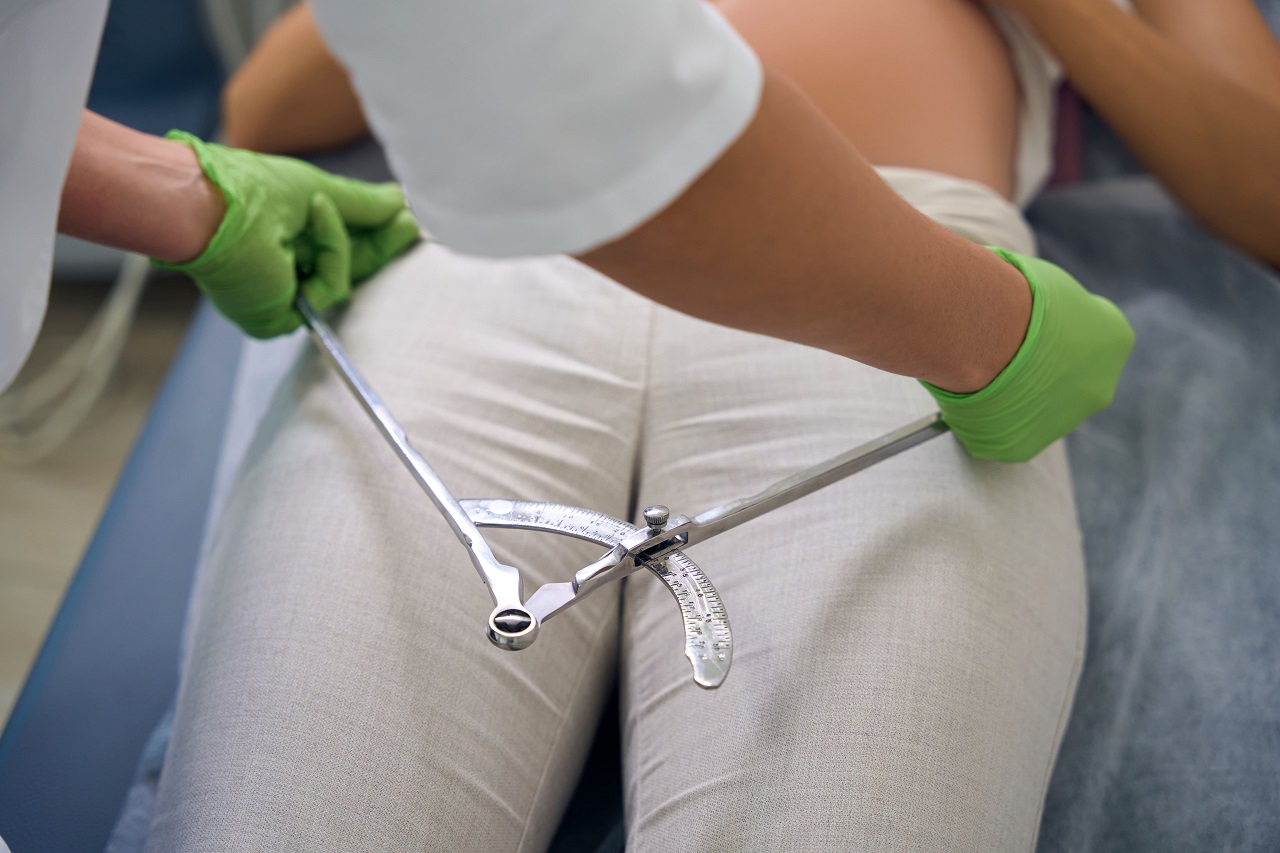
There may be disruptions in the pelvic muscular system due to many different reasons such as constipation, acute stress, advanced age. Due to this disruption, it triggers disorders that reduce the quality of life such as urinary incontinence or inability to urinate, small uterine prolapse or difficulty in passing gas.
Electrical activity in the muscle is measured with electrodes placed on the pelvic floor. After the measurements, the aim is for the person to learn how to tighten and relax the pelvic floor muscles correctly. This is called "biofeedback training". With the help of a physiotherapist who is trained in biofeedback, you can learn to control your muscles correctly during labor. Pelvic exercises may also be recommended by your counselor if necessary after evaluating your measurements and progress.
MOVEMENT/POSITION
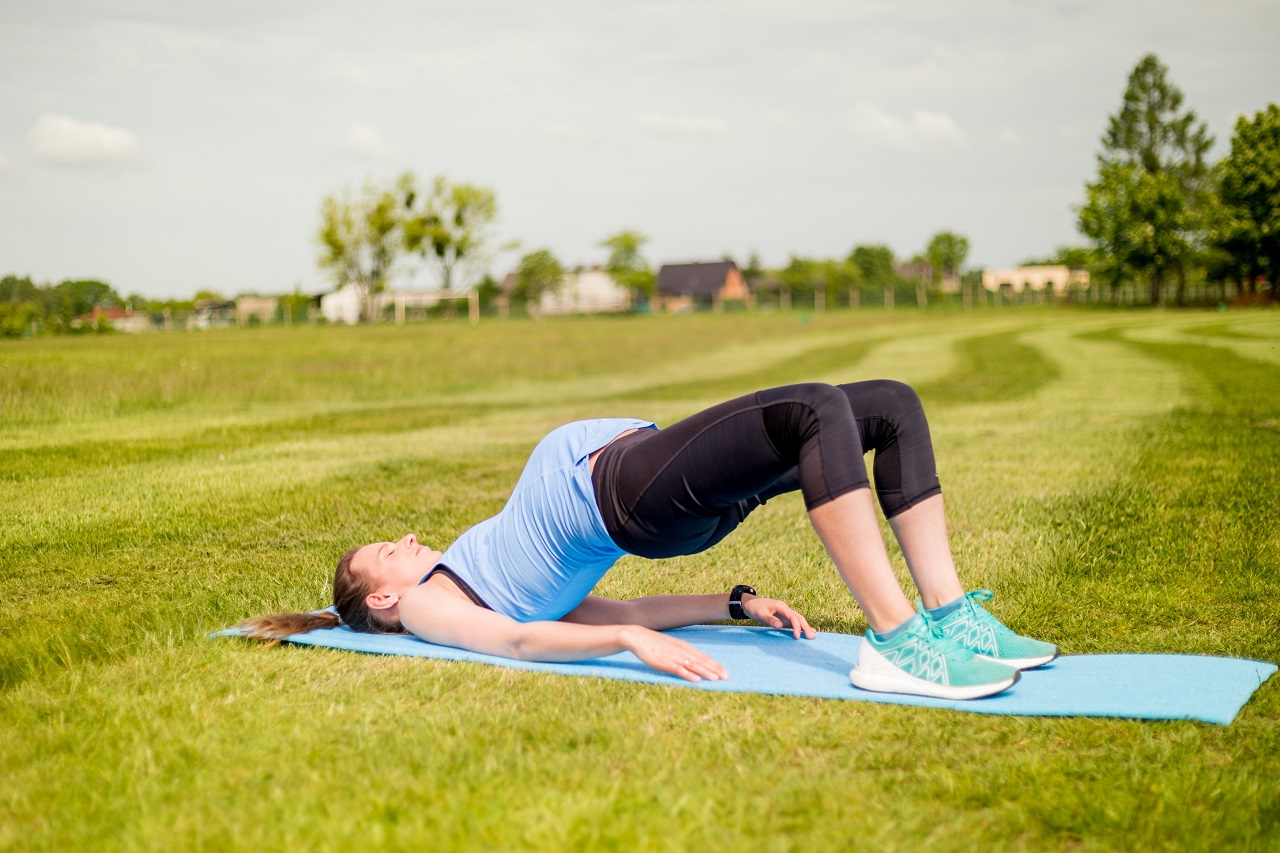
There are positions and movements that can be practiced during labor to facilitate the process, just as there are muscle exercises to prepare for labor. Movement during labor will help the baby to settle between the bones and make contractions easier to bear. There are many different options such as standing, leaning, walking, sitting on the toilet.
HYPNOSIS
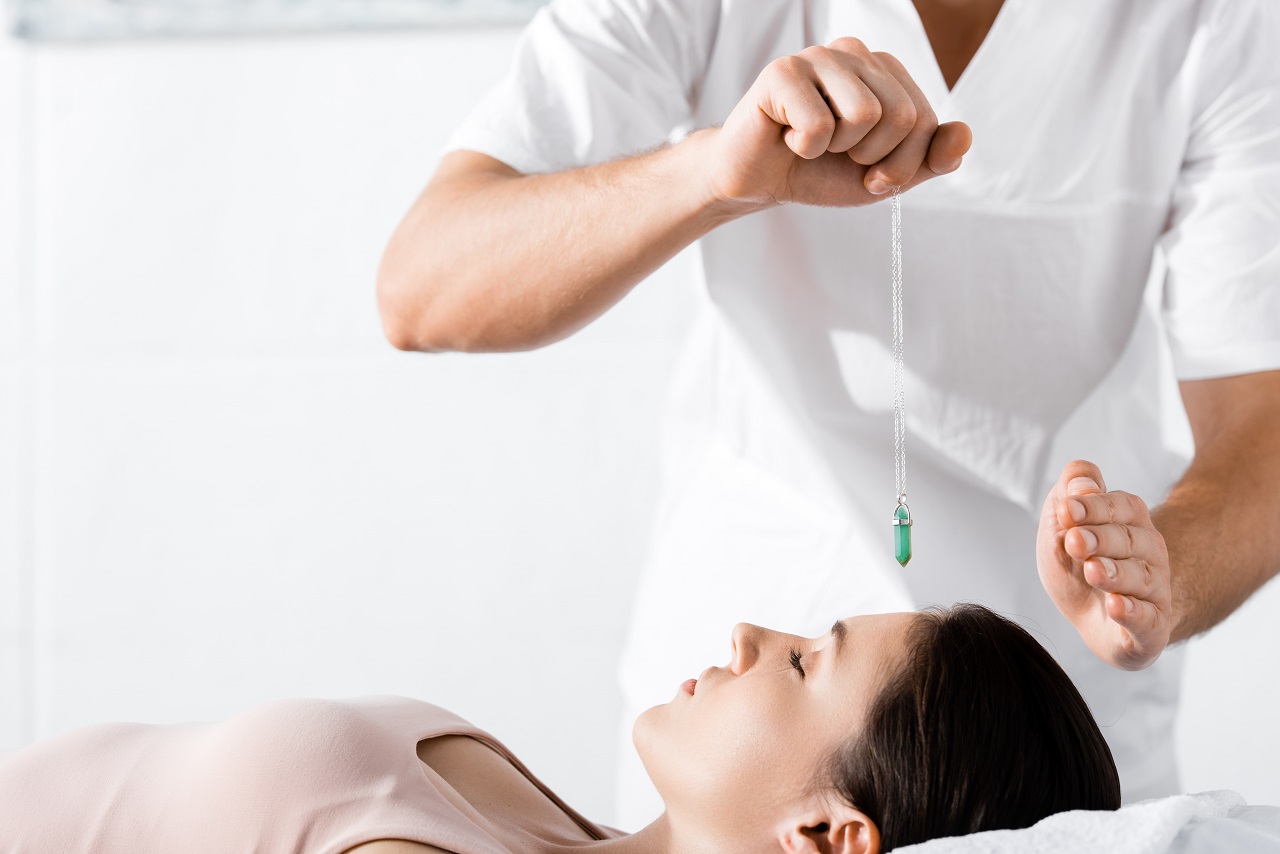
The disadvantages of hypnosis are almost non-existent. The important thing is to find a professional, but even so, hypnosis sessions may not be effective for everyone.
Hypnosis is a state in which the body is excluded and rested in order to access the subconscious mind. Since hypnosis has been proven to have extremely positive effects on anxiety disorders, starting hypnosis sessions during pregnancy aims to relieve the anxiety problems of the mother and relax the fluctuations that may occur in the muscles.
ACUPUNCTURE

If acupuncture is applied to the right points, it helps to heal by reducing the use of chemicals for pregnant women. It has been proven by experiments conducted at Columbia University that it relieves nausea problems during pregnancy and has been shown to prevent and even stop nausea and vomiting complaints caused by pregnancy. In addition, acupuncture has made acupuncture a preferred method as it reduces low back pain in the mother with the growth of the baby in the later stages of pregnancy.
Clinical trials have proven that acupuncture treats diseases such as migraine. Therefore, it supports the mothers and the baby in the womb to be free from these problems without being exposed to foreign substances. Moreover, acupuncture can be used before and during pregnancy, and it also provides great convenience to mothers as it increases milk secretions after birth.
ACUPRESS
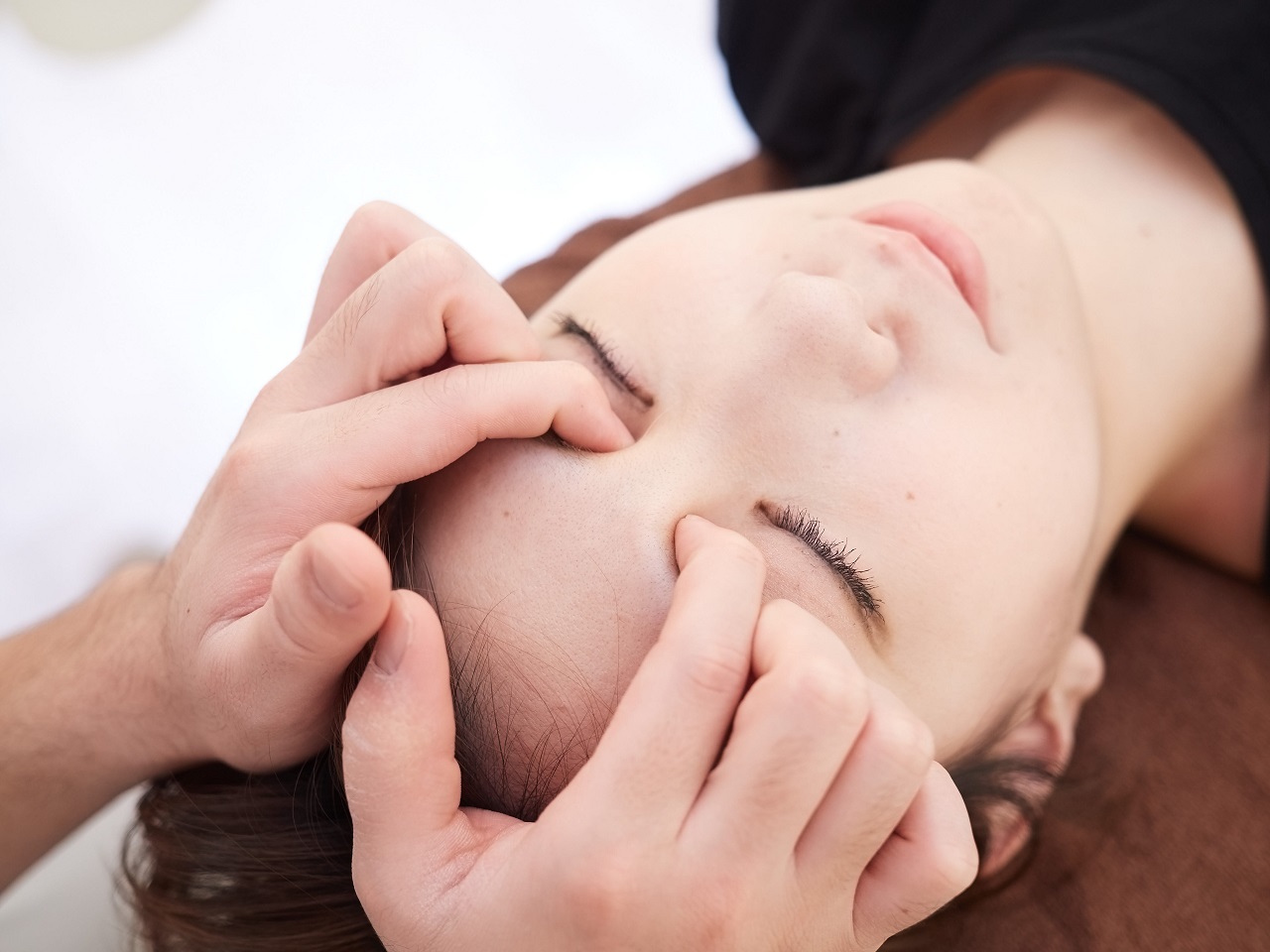
Acupressure is based on acupuncture principles. It is an effective treatment method against anxiety by applying pressure and massage to certain points. Depending on the discomfort, the accumulated energy is dissipated by massaging the relevant points or organs.
It has been found that expectant mothers who receive acupressure application feel less pain than mothers who do not receive acupressure application. As with acupuncture, it is a type of treatment without side effects.
MUSIC

The benefits of listening to classical music to both the baby and the mother in the womb are countless. It has been observed that when the mother listens to classical music, the muscles rest and relax and the mother is in harmony with the baby.
After the fourth month, babies begin to hear the sounds in the environment. This means that the baby also listens to the music that the mother listens to.It has been determined that babies who listen to classical music in the womb receive more oxygen because their heart rhythms beat more regularly.It has also been observed that it provides development in stem cells.
It has been observed that babies who regularly listen to classical music in the womb think that they are in the womb and calm down when they hear this sound again after birth. Thanks to classical music, it is possible to suppress the baby's aggression, to establish a bond with the mother and to support brain development.The important thing here is to choose calming music rather than upbeat music.Another important issue to consider after choosing the right music is the device you will play the music on.Experts do not recommend listening to music from a cell phone!
YOGA
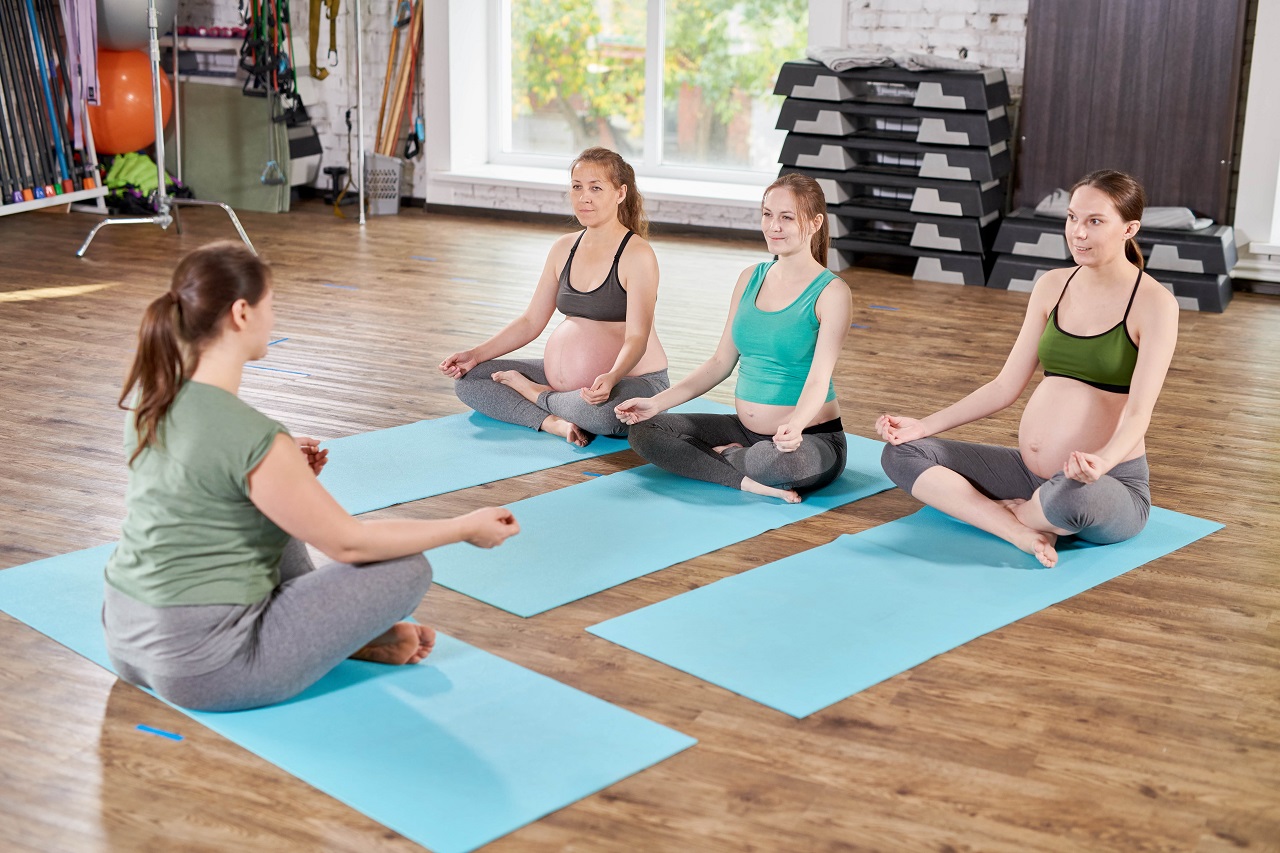
The first choice of mothers who want to do sports during pregnancy is yoga and pilates.Moreover, yoga is not an activity that must be done with an instructor. You can do it on your own at home at a light pace.
By providing flexibility in the mother's muscular system, it prepares her for the birth and postpartum period and contributes to the regression of anxiety problems by increasing the mother's self-confidence.A conscious mother balancing mental and physical health will facilitate the obstetric medical process.









